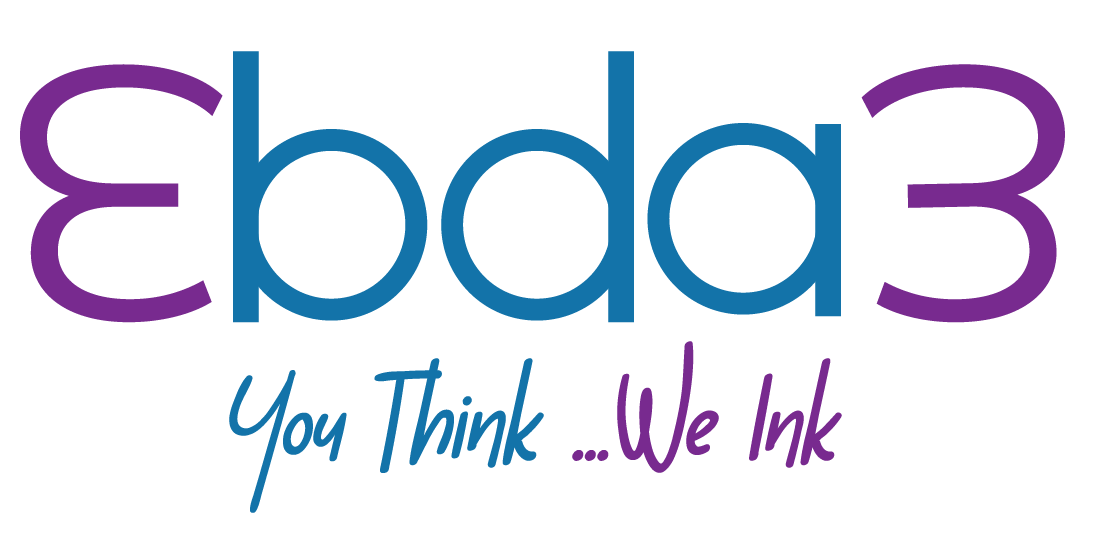How to Write Meta Titles and Descriptions That Boost Click-Through Rates

Introduction:
Your website might rank well in search results, but are people clicking through to your content? The answer often lies in one small—but powerful—detail: your Meta title and description. These short snippets act as your page’s “first impression” on Google. In this blog, we’ll show you how to craft compelling, SEO-friendly titles and descriptions that not only rank but also attract clicks.
1. What Are Meta Titles and Descriptions?
Meta Title: The clickable headline that appears on search engine results pages (SERPs).
Meta Description: The short summary beneath the title that provides context to the searcher.
Both play a vital role in influencing whether a user clicks on your link or scrolls past.
2. Why They Matter for SEO and CTR
While Meta titles are a ranking factor, Meta descriptions indirectly impact SEO by influencing click-through rates (CTR). A high CTR signals to Google that your result is valuable, potentially improving your position over time.
Tip: Think of them as your mini-ad copy—grab attention and promise value.
3. Best Practices for Writing Meta Titles
Keep them under 60 characters
Include the main keyword at the beginning
Make them unique for each page
Add emotional or action words if possible (e.g., “Essential,” “Ultimate,” “Proven”)
Example: “10 Proven SEO Tips to Boost Your Website Traffic in 2025”
4. Best Practices for Writing Meta Descriptions
Keep them under 155–160 characters
Include the primary keyword and related terms naturally
Use a clear call-to-action (e.g., “Learn how,” “Discover,” “Find out”)
Highlight benefits or pain points to spark interest
Example: “Struggling to increase traffic? Discover 10 expert-backed SEO tips that actually work—start optimizing today.”
Conclusion:
Optimized Meta titles and descriptions don’t just help with rankings—they attract real users and drive real results. Think of them as your first opportunity to impress your audience on Google. At Ebda3, we help brands write SEO-optimized content from headline to conclusion—including the crucial metadata that can make or break your click-through rate.





